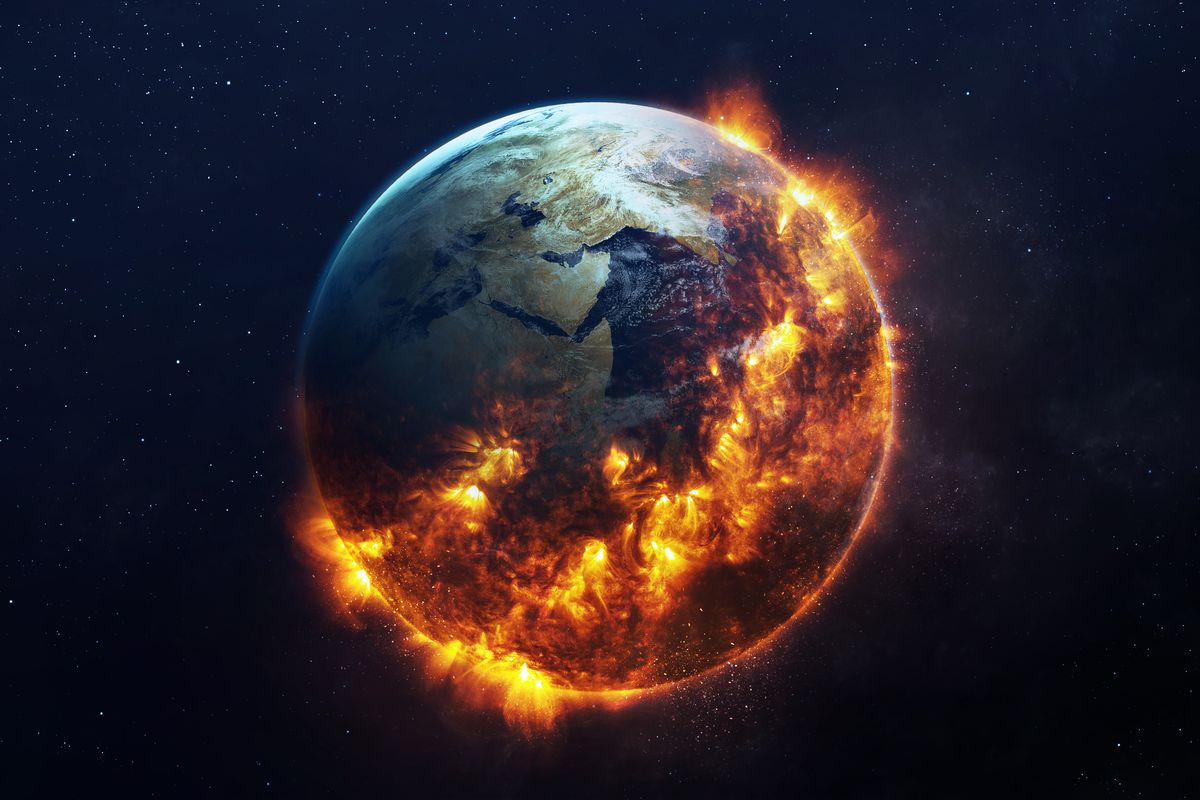Climate Change Is Allegedly Not Associated With The Sun Activity

Climate change concern has now reached the farthest corners of the world, with numerous claiming that humans are responsible for the warming of the planet. Now, some specialists have reported that the Sun, as many believe, is not the cause for the warming.
Dr. Gareth Dorrian from the University of Birmingham and Dr. Ian Whittaker from Nottingham Trent University have claimed that the global warming cannot be attributed to natural effects, but rather to anthropogenic impacts.
They wrote in The Conversation: “Solar activity, for example, has previously been linked to temperature and is sometimes blamed for climate change. But our new analysis provides evidence for why this isn’t the case.”
The Sun is Not The Cause Of Climate Change
The Sun is the primary source of energy for our planet’s climate, so measuring what impact the star has had on global temperatures since industrialization is allegedly important. The Sun encounters variations in solar activity, which means its energy release depends as time passes.
Similar to Earth, the Sun also has a magnetic field that expands outside. The solar magnetic field determines the size of the Solar System and can obstruct harmful cosmic rays that come from space. These cosmic rays have been associated with our planet’s atmospheric chemistry, triggering cloud formation and extreme lightning storms, which means they impact the temperature and weather.
The number of sunspots, which are areas of powerful magnetic fields, rise and fall in an 11-year solar activity cycle. There are numerous sunspots, and more linked emissions of UV and X-rays, at solar maximum, and only a few or even no sunspots at solar minimum. The solar magnetic field also differs when it comes to strength with this solar cycle. These are dimmest at solar minimum and strongest at solar maximum.
The first monitored solar cycle, which took place between 1755 and 1766, is called ‘solar cycle 1,’ the next is called ‘solar cycle 2,’ and so on. The latest is solar cycle 24, which began in December 2008 and is continuing.
Nothing to Demonstrate Otherwise
Our planet is swiftly getting closer to the next solar minimum, which is expected to take place in the next twelve months. Solar cycle 24 is remarkably weak, with a rather low number of sunspots, in comparison to other cycles.
The two researchers wrote in their paper: “If the solar activity did play a significant role in recent changes in global temperatures, then those temperatures should have stayed roughly the same or even declined over the last decade. A paper from 2012 even predicted there would be a 1C decrease in temperatures.” Even so, this ended up not being the case.
Dr. Dorrian and Dr. Whittaker added: “The hottest decade on record has coincided with the weakest solar cycle for over a century. Given this combination of factors, it is rather difficult to defend the position that solar activity is indeed responsible for present climate change without a radical shake-up of the understanding of solar physics.”
The researchers designed graphs while trying to link the number of sunspots with variations in global sea surface temperatures, gathered by the Japan Meteorological Agency, as well as global surface temperatures, collected by NASA. The two scientists added: “The divergence between sunspot number and temperatures is particularly apparent in the most recent solar cycle.”
0 comments